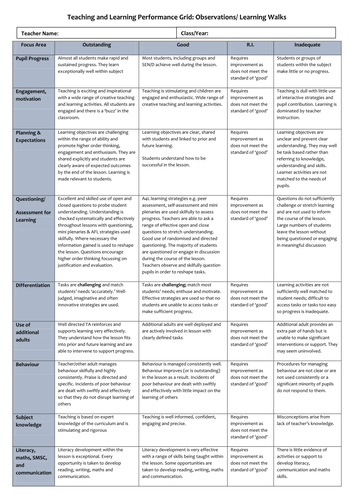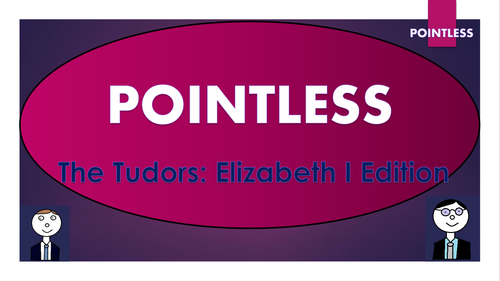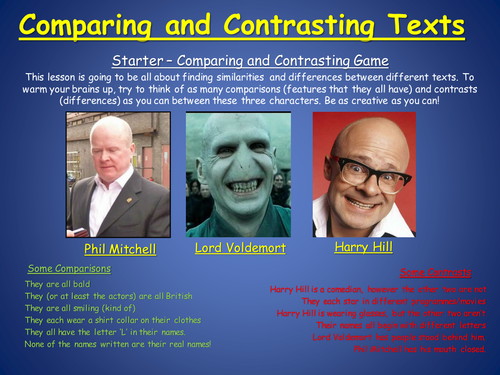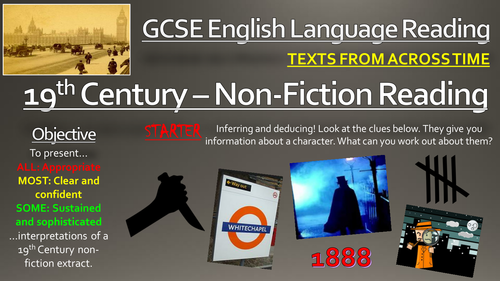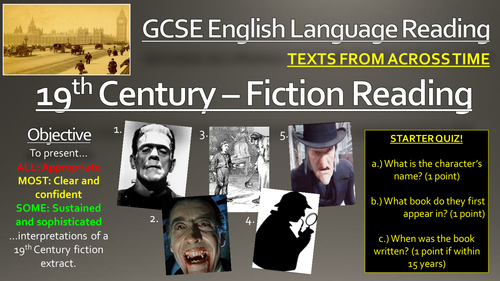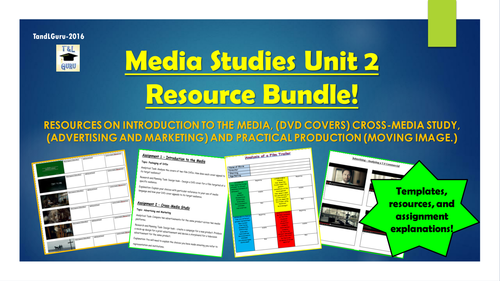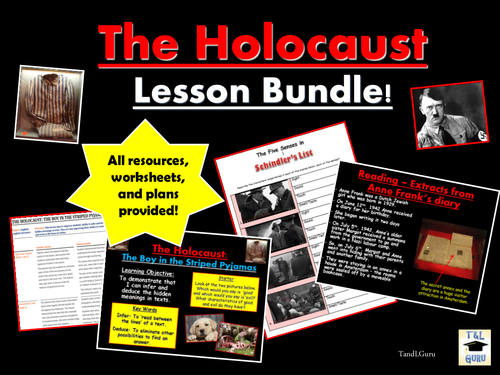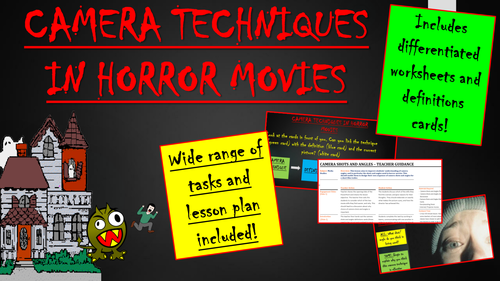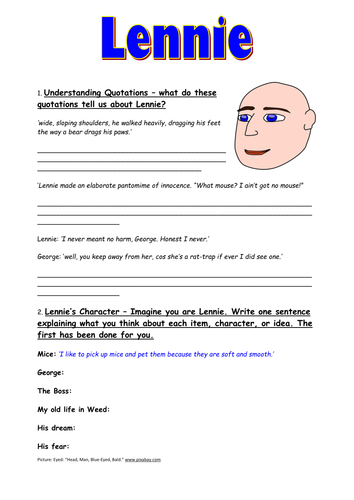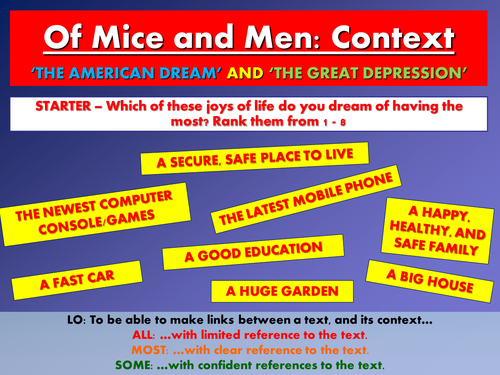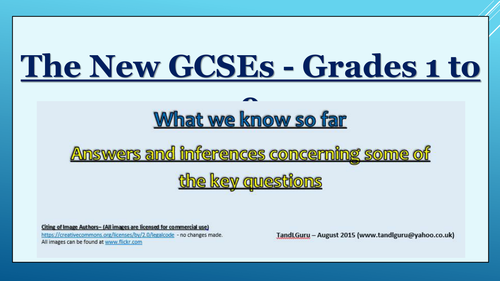
3k+Uploads
1888k+Views
2226k+Downloads
New teachers

Triangulation of T+L Quality: Grids for Observations, Book Monitoring, and Pupil Progress
This resource pack is comprised of:
1.) Observation & Learning Walk Performance Grid
2.) Marking and Feedback Performance Grid
3.) Pupil Progress Performance Grid
For use alongside lesson observations, learning walks, book monitoring, and discussions about pupil progress, these succinct performance grids enable observers to gauge, categorise, and feedback on teaching and learning using OFSTED guidance for effective teaching. The documents provide descriptors of 'outstanding', 'good', 'requires improvement' and 'inadequate' practice within appropriately considered teaching and learning focus areas, for example: Questioning, Positive Feedback, Use of Additional Adults, Noticing Data Trends and Plotting Interventions etc. Schools who opt to grade individual teachers on their performance have noted that these are helpful aids in arriving at an overall judgement.

Pupil Progress Performance Grids
For use alongside data captures and discussions about pupil progress, this succinct performance grid enables observers to gauge and categorise department and individual teacher approaches to pupil progress data, using OFSTED guidance. The first page of the document provides descriptors of 'outstanding', 'good', 'requires improvement' and 'inadequate' feedback within appropriately considered focus areas, for example: Rate of Progress, Accuracy, Noticing Trends and Plotting Interventions, etc. Schools that already employ this tool often opt to highlight the descriptors on this page as they complete the scrutiny, thus creating a bigger picture of the strengths and areas for improvement observed. This can also be a helpful aid in arriving at an overall judgement, should your school opt to arrive at one. The second page allows observers to further pinpoint and describe the 'www' (what went well) and 'ebi' (even better if) aspects of the feedback, to aid teacher/department in improving their practice.
Sale

Pointless - History Bundle Pack - The Tudors (3 full games included!)
Based on the popular game show 'Pointless', these resources are perfect for use as a starter activity, plenary, or revision tool. Editable, so that you can change to any other topic or change the questions/answers. Containing sound clips, engaging visuals, and suitably challenging questions, these resources are effective at both promoting engagement and enhancing learning.
There are three fully functional and challenging games, including:
- The Tudors (easier)
- Henry VIII (intermediate)
- Elizabeth I (more difficult)
Each game contains four full rounds, which are fun, interesting, and promote deeper thinking in students.
The nature of the game ensures that this resource can challenge students of all levels.

New GCSE English Language - Comparing and Contrasting
This informative and engaging double lesson aims to improve students’ ability to compare and contrast two different texts based on a similar subject. They will focus particularly on the purpose, audience, language, and structure of texts, and will learn to use comparing and contrasting connectives to highlight any similarities and differences. This has always been a crucial skill in English, but has an increased importance in the new GCSE for English Language, as there is a greater requirement for students to be able to make links and comparisons between texts.
The lesson follows a clear and logical learning journey, with students learning to:
- Understand the key terms 'compare' and 'contrast', and the importance of these skills in English;
- Categorise the different features that they can compare, under the headings 'Purpose', 'Audience', 'Language' and 'Structure;'
- Read (and identify the key features within) two morally and ethically intriguing texts, offering diverse views of young people in the media;
-Compare the two texts, using a clear and concise template, and newly-acquired knowledge of different types of connectives;
- Peer-assess each other's comparative essay attempts.
Included in this resource pack are:
- Whole double lesson, colourful and engaging PowerPoint presentation (Including assessment for learning referral slides)
- Cards for card-sorting activity;
- Two interesting and thought-provoking non-fiction media extracts (one a newspaper extract from The Evening Standard, and another a persuasive leaflet, both focused on the issue of how young people are perceived.)
- Template for main comparative analysis task;
- Full teacher guidance plan.
All images are licensed for commercial use and are cited on the final slide of the PowerPoint presentation

New GCSE English Language Reading: 19th Century Non-Fiction
These informative and engaging resources enable students to build the skills needed to interpret and analyse 19th Century non-fiction texts. This will aid students through the new Paper 2 Section A of GCSE English Language - for which they need to become confident readers of 19th, 20th, and 21st Century non-fiction texts. These resources give students a strong foundation of knowledge of features of non-fiction texts in the 19th Century, using newspaper stories from the time based on 'Jack the Ripper' as the predominant examples. There are easily enough resources for at least two lessons within this resource pack.
Students learn through the following tasks:
- Inferring and deducing contextual knowledge through an interactive starter task;
- Understanding the features of London in 1888 through a video introduction;
- Building close reading skills through a study of a non-fiction extract about Jack the Ripper;
- Answering exam-style questions interpreting and inferring the key meanings in the text;
- Using models and templates to write extended analysis responses about the language used in the non-fiction extract;
- Peer assessing their partners' learning attempts.
The following resources are provided:
- Engaging and colourful step-by-step PowerPoint;
- Jack the Ripper newspaper extract;
- Teacher lesson guidance;
- Interpretation worksheet;
- Analysis worksheet;
- Writing to analyse.
All images are licensed for commercial use, and are cited on the final slide of the PowerPoint.

New GCSE English Language Reading: 19th Century Fiction
These informative and engaging resources enable students to build the skills needed to interpret and analyse 19th Century fiction texts. This will aid students through the new Paper 1 Section A of GCSE English Language - for which they need to become confident readers of 19th, 20th, and 21st Century texts. These resources give students a strong foundation of knowledge of features of fiction texts in the 19th Century, using Mary Shelley's Frankenstein as the predominant example. There are easily enough resources for at least two lessons within this resource pack.
Students learn through the following tasks:
- Gauging and collaborating previous knowledge through an interactive starter task;
- Identifying the descriptive devices in sentences written about 19th Century characters;
- Building close reading skills through a study of a fiction extract from Frankenstein
- Answering exam-style questions interpreting and inferring the key meanings in the text;
- Using models and templates to write extended analysis responses about the descriptive language used in the fiction extract;
- Peer assessing their partners' learning attempts.
The following resources are provided:
- Engaging and colourful step-by-step PowerPoint
- Frankenstein extract
- Teacher lesson guidance;
- Interpretation worksheet;
- Analysis worksheet;
- Writing to analyse help-sheet
All images are licensed for commercial use, and are cited on the final slide of the PowerPoint.
Sale

Media Studies: Unit 2 Assignments Resource Bundle!
Here I have collated each of the resources and templates that I have used throughout the year to enable my students to complete the Media Studies Unit 2 assignments. There are around 20 resources here. Each of the resources are clear, concise and appropriate to the requirements of the assignments. Included are resources on:
- Introduction to Media Studies (a number of tasks and templates that I used prior to the first assignment)
- Assignment 1: Intro to Media (DVD Covers)
- Assignment 2: Cross-Media Study (Advertising and Marketing)
- Assignment 3: Practical Production and Evaluation (Film Trailers)
If you only need resources for one of the assignments, I am making the resources for the individual assignments available for £1.
Sale

The Holocaust: Lesson Bundle!
Perfect for as either an English or a Citizenship scheme, this Holocaust scheme aim to build students' key reading and writing skills through the teaching of one of the most important and poignant worldwide historical events: The Holocaust. Using a range of age-appropriate and sensitive Holocaust Literature, this scheme also enables students to explore a range of important social and moral issues.
Engaging, differentiated, and easily adaptable, each of these lessons aims to improve students skills in writing for a key purpose (informing, describing, arguing, analysing) whilst also being incredibly engaging and interesting. Students also read and infer from a number of key extracts from texts, (provided) each with a different and important take on the subject matter. Each lesson follows a logical learning journey to ensure that students learn in bite-size steps:
- Defining;
- Identifying;
- Analysing;
- Creating;
- Peer or self evaluating.
All of the lessons are interactive, employ a variety of different teaching and learning methods and styles, and are visually-engaging. Resources, worksheets, and lesson plans are all provided.
All images are licensed for commercial use and are cited on the last slide of each presentation.

Camera Shots and Angles!
This lesson aims to improve students’ understanding of camera shots and angles, and in particular those used in horror movies. This should enable them to design their own sequences of camera shots and angles when producing their own moving image media texts.
I used this lesson in the middle of the planning phase of a horror film trailer. However, as the main learning for the lesson is to be able to define, identify. analyse and use each of the camera shots and angles, it can be used for students at any stage of a media studies course. It includes a range of tasks, most of which are differentiated for different ability ranges, and includes lots of engaging subject matter. The lesson follows a clear learning journey, which is visually expressed to the students frequently throughout the PowerPoint presentation. The learning journey enables students to:
- Define each of the camera angles and shots through a group activity;
- Identify each of the shots and angles in movies stills;
- Analyse why different shots and angles are effective after watching a segment of a film;
- Create their own sequence of camera shots and angles for a short moving image piece;
- Evaluate their success in using effective camera shots and angles.
NOTE: The subject matter used for the final stages of the analysis task may be visually disturbing or inappropriate for some younger students - please check this section and alter it if you need to - you may wish just to pause the video before it gets too gory!
All images and videos are licensed for commercial use, and are cited on the final slide of the lesson.

Of Mice and Men - Characterisation of Lennie
This informative and engaging lesson aims to improve students' knowledge and understanding of the character of Lennie in Steinbeck's Of Mice and Men. It also aims to improve their analytical skills, so that they can demonstrate sustained and sophisticated interpretations of the character.
This pack includes the full lesson presentation, with animations and key information, a worksheet with clear and concise instructions, an example analysis extract, and full teacher guidance. The learning journey is clear and progressive, following a pathway of progressively more difficult tasks, including:
- An engaging memory game task to recognise and remember items and ideas that are related to the character of Lennie;
- A worksheet that enables students to demonstrate understanding of key quotations about Lennie, and to link Lennie to key themes and ideas.
- Close reading of a modelled example analysis paragraph;
- Joint creation of an analysis success criteria;
- An opportunity to answer an exam style question based upon the character of Lennie;
- A chance to peer assess against the success criteria.
Students should have read, (or during this lesson read) up to the section in which George and Lennie meet their new boss, in order to fully access the lesson.
All images are licensed for commercial use, and are cited on the final slide of the presentation.
You can choose to buy this resource alone, or as part of the 'Of Mice and Men - All Lessons and Scheme' bundle, which contains seven full lessons, resources, teachers notes, and PowerPoint presentations, plus a Pointless Of Mice and Men game, for just £5!
-

Of Mice and Men - Context: The American Dream and The Great Depression
This engaging and interesting lesson aims to improve students' knowledge of the social, historical, and cultural context of John Steinbeck's Of Mice and Men. It also aims to build their skills in creating clear and specific links between the text and it's context, focusing on a specific extract from the novel.
The lesson uses a range of tasks, that require students to use their visual and interactive skills. It follows this learning journey:
- Understanding what dreams are and how they differ for each of us;
- Defining the American Dream, The Wall Street Crash and The Great Depression;
- Creating a timeline which visually depicts the other influential events of the time;
- Reading and reflecting on an extract from the text;
- Analysing the links between texts and contexts, from a success criteria;
- Evaluating each others' analytical attempts.
All images in this resource are licensed for commercial use, and are cited on the final slide of the lesson presentation.
You can choose to buy this resource alone, or as part of the 'Of Mice and Men - All Lessons and Scheme' bundle, which contains seven full lessons, resources, teachers notes, and PowerPoint presentations, plus a Pointless Of Mice and Men game, for just £5!

New GCSEs Grades 1-9 - Answers to the Key Questions.
I have used this resource to explain the new GCSE changes to other staff, governors, and parents. Feedback has been that it is clear, concise, and answers some of the key questions. In the document, I have addressed:
- What changes have already taken place?
- When do the changes take place?
- How do the new grades equate to the old grades?
- Why are the changes necessary?
- What are the changes to the English GCSE?
- What are the changes to the Maths GCSE?
- How will school performance now be judged?
Also attached is a visual representation of how the new GCSE grades map onto the old GCSE grades. Within the PowerPoint are a number of links to key information provided by the DfE and OFQUAL. Hope this helps!

